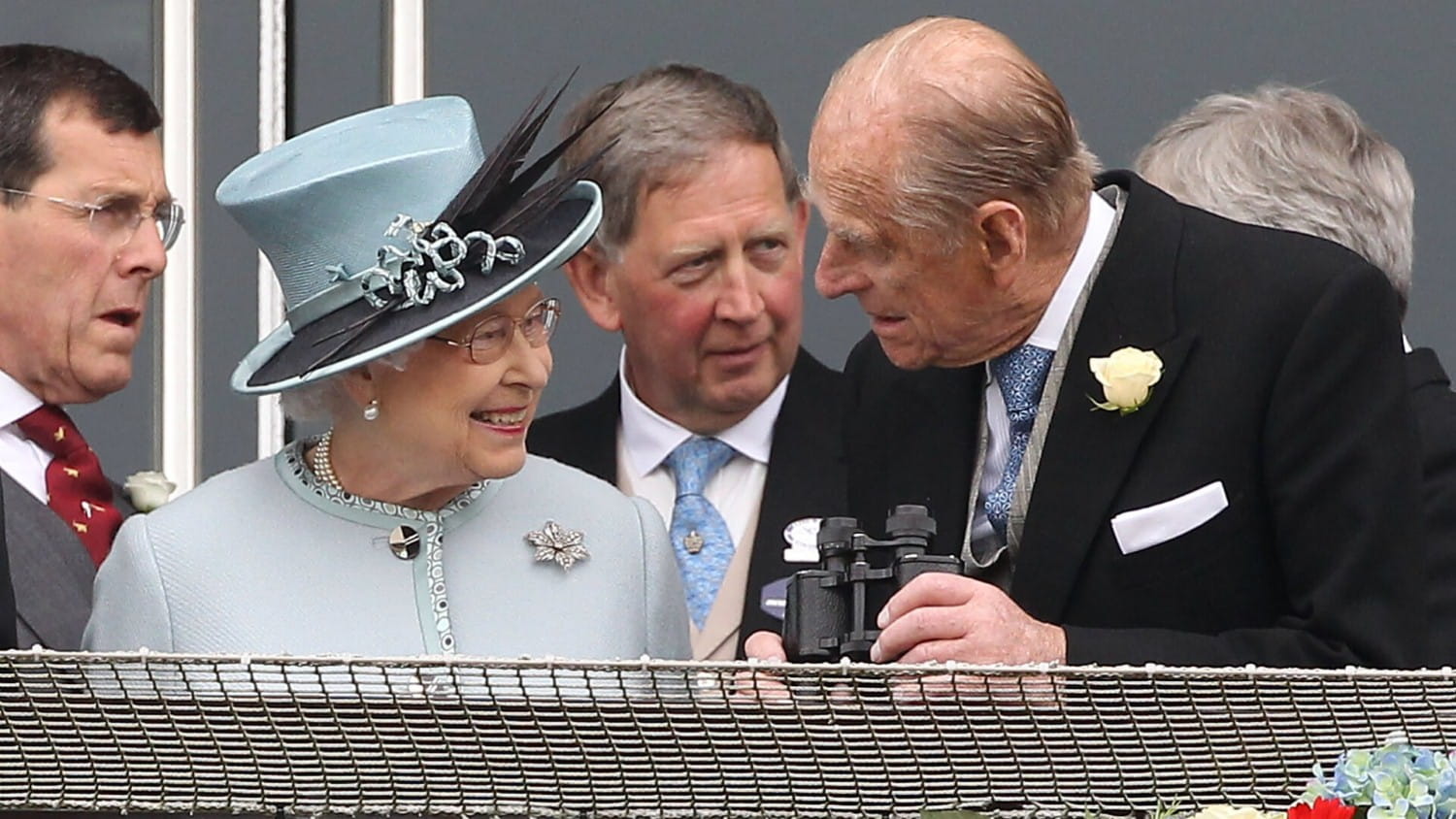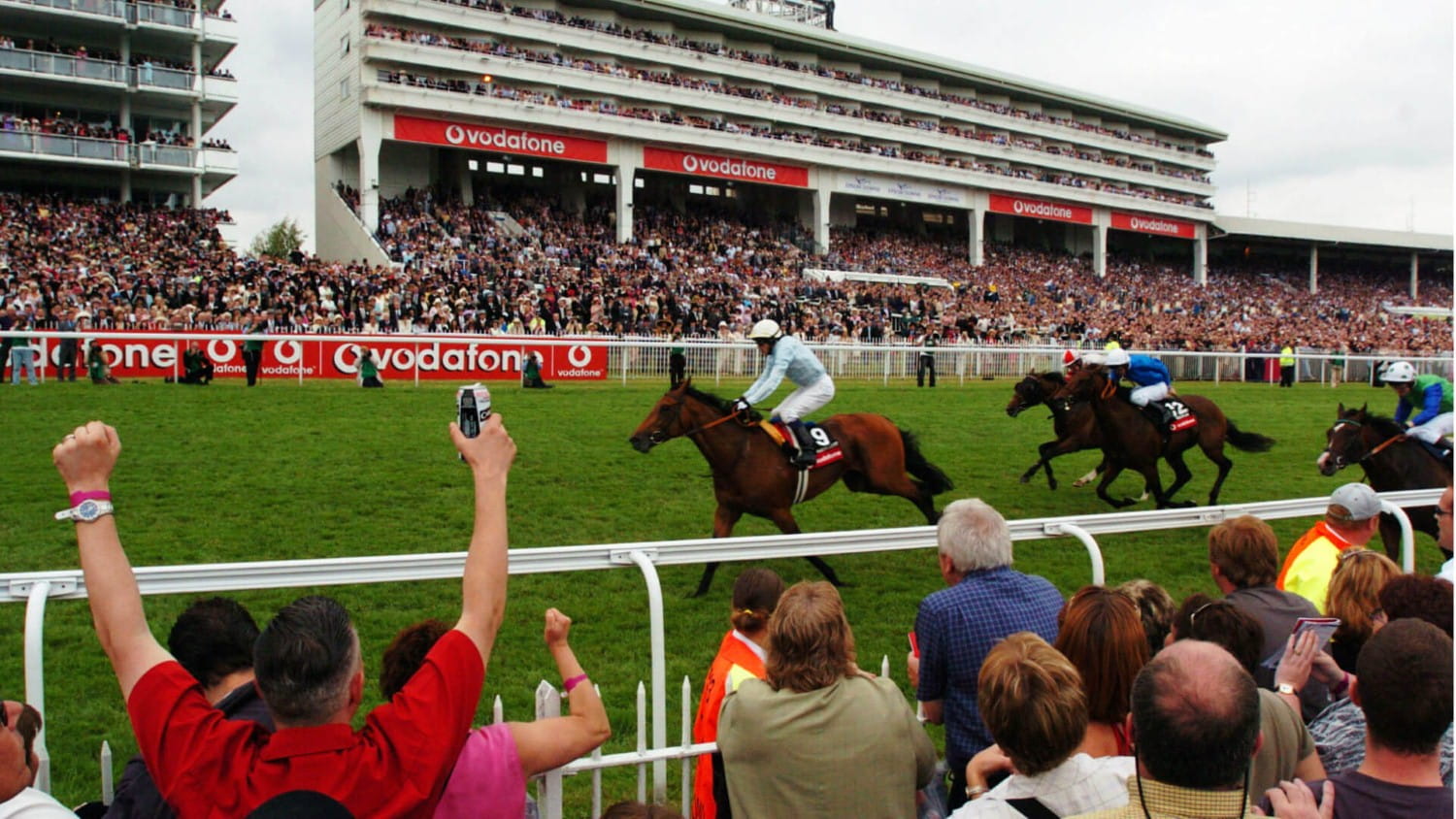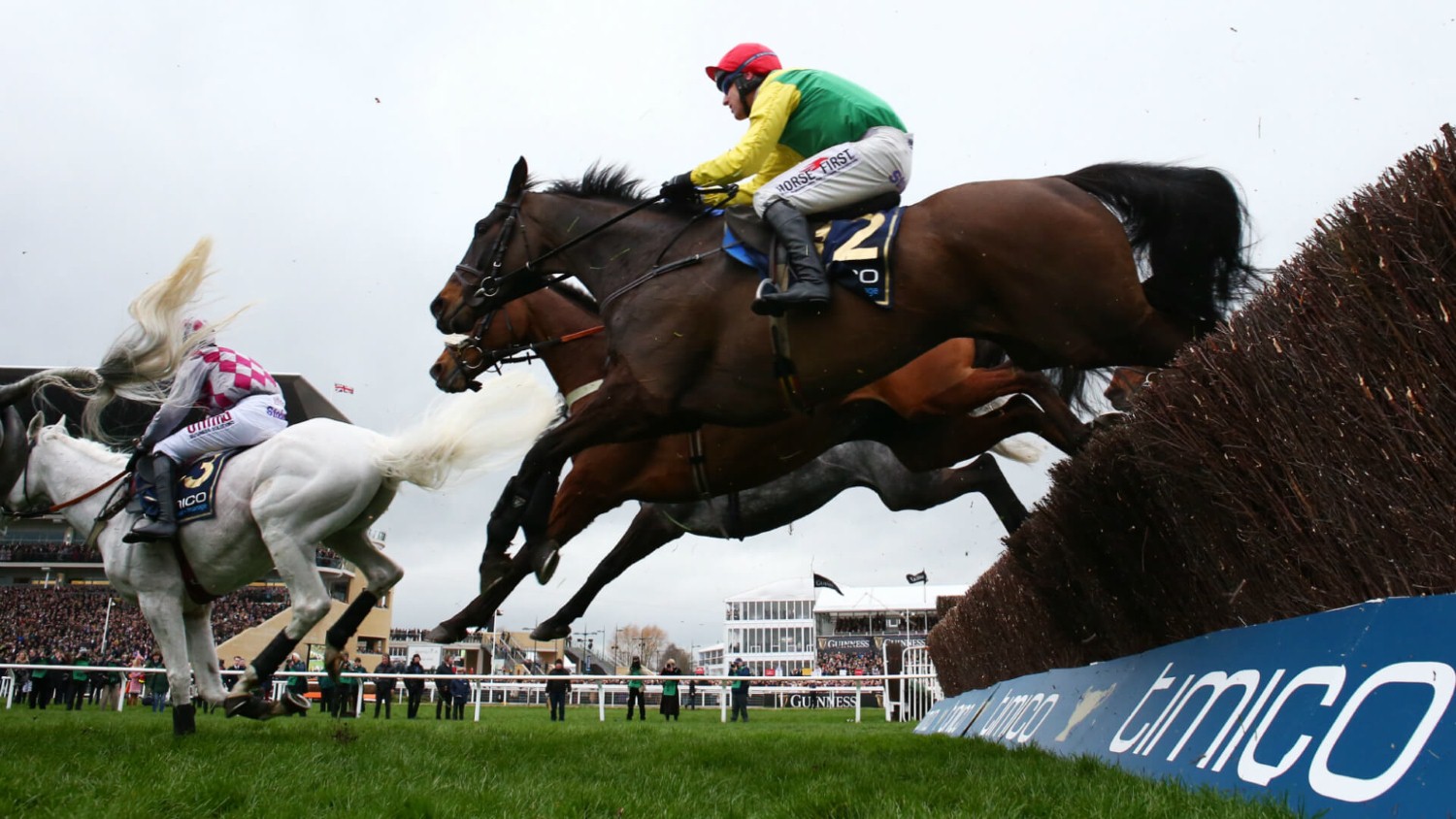Show prices with VAT
VAT
Show prices with or without VAT?
Our corporate customers can view prices excluding VAT to make things easier.
Use the toggle to switch preference below. This can be changed at any time in the "My Account" menu.
ASCOT RACECOURSE HOSPITALITY
#CLOSERTOTHEACTION
OFFICIAL HOSPITALITY AT ASCOT RACECOURSE
Few sporting venues can match the rich heritage and history of Ascot Racecourse. Over the past 300 years, Ascot has established itself as a national institution; with Royal Ascot becoming the centrepiece of the British social calendar and the ultimate stage for the best racehorses in the world.
It was Queen Anne in 1711 that first saw the potential for a racecourse at Ascot (in those days called East Cote). Whilst out riding near Windsor Castle she came upon an area of open heath that looked, in her words, “ideal for horses to gallop at full stretch”.
The racecourse was laid out by William Lowen, assisted by a team including a carpenter, a painter, and a racing administrator. The first permanent building was erected around 1794 by a local Windsor builder. Holding 1,650 people, it was used for almost fifty years.
In 1813, Parliament passed an Act of Enclosure, which ensured that Ascot Heath, would be kept and used as a racecourse for the public in the future. Racing at Ascot was now secure.
Overview
News and Blog

Will the Queen ever get an Epsom Derby winner?
She may be Britain's longest-reigning monarch, but the Queen is still waiting for a Derby winner.
Read Article
How the Epsom Derby began
The Derby has the longest and most illustrious history of any horse race - yet its name owes everything to the spin of a coin.
Read Article
Famous races in the history of the Cheltenham Festival
The Cheltenham Festival has seen some epic races down the years as legends of the racing world have made their mark.
Read Article
